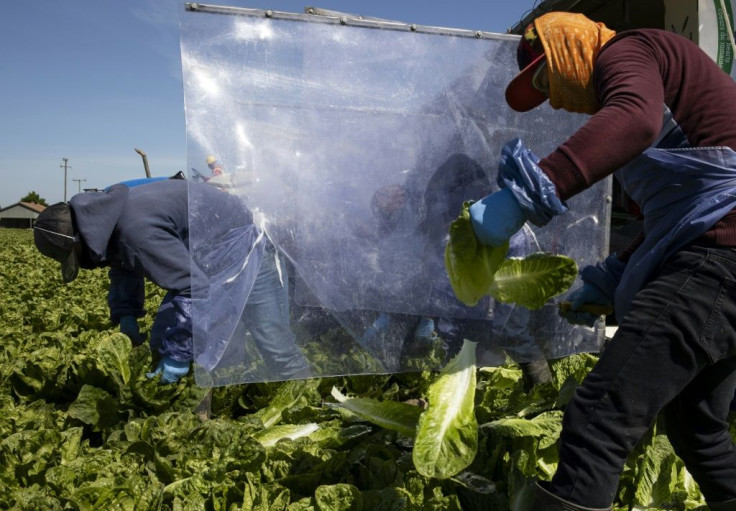Lettuce Recall: Over 1,100 Walmart Stores Sold Recalled Romaine
KEY POINTS
- Over 1,100 Walmart stores sold lettuce infected by E. coli. Find the full list here
- Producer Tanimura and Antle says the outbreak was detected by routine testing, but not before thousands of cases shipped out
- E. coli symptoms include a range of non-lethal intestinal distresses, but can develop into kidney failure in some patients
Walmart has released a list of over 1,100 stores that sold recalled Romaine lettuce. The product was voluntarily recalled by producer Tanimura & Antle on Nov. 7 after routine testing showed an E. coli outbreak, USA Today reports.
Tanimura & Antle says that due to shelf life it’s unlikely any of the infected lettuce is still in stores, but consumers who are worried can check the full list of affected locations here.
A total of 3,396 cartons were shipped before Tanimura & Antle caught the outbreak. The lettuce has a label saying “packed on date of 10/15/2020 or 10/16/2020” and a UPC number of 0-27918-20314-9. Tanimura & Antle says nobody has fallen ill thus far due to the affected product.

The routine testing that detected the outbreak was done in collaboration with the state of Michigan, which has issued an advisory that "consumers not eat Tanimura & Antle brand romaine lettuce packed as single heads due to food safety concerns."
The FDA is also involved in the recall and gave the company a platform to warn consumers about the danger.
RECALL ALERT: Tanimura & Antle is recalling packaged single head romaine lettuce with 10/15 or 10/16 pack dates due to possible E. coli contamination. Consumers shouldn’t eat affected product. We’re actively investigating & will provide more information. https://t.co/MODMoePiZL pic.twitter.com/q3eU2yBP83
— U.S. FDA (@US_FDA) November 6, 2020
E. coli symptoms can include abdominal cramps, nausea, fatigue and diarrhea. A portion of patients also develop kidney failure. Symptoms can manifest anytime between one and 10 days from exposure but typically develop around days three or four.
Tanimura & Antle noted in its statement that the shelf life of the product had passed, and as such most stores had probably thrown it away by now. Still, it asks consumers who bought the packages not to consume them.
© Copyright IBTimes 2025. All rights reserved.





















